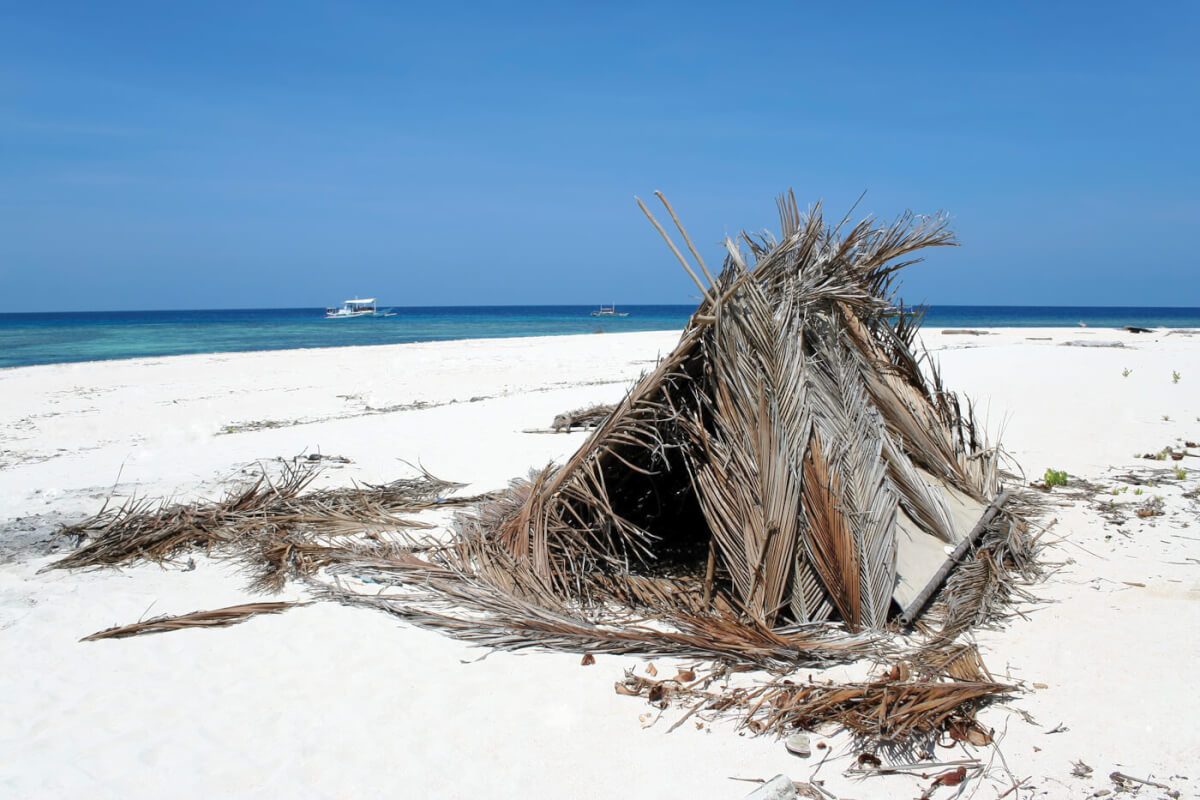Location, location, location. Any real estate expert will tell you that location is everything, and when building a shelter, the same rule applies.
Shelter building is often key to your survival, but if done incorrectly, it can actually lead to your demise. Follow a few simple but essential tips and your structure will not only keep you safe from the elements but also comfortable.
LOCATION
When looking at location, you’re not looking for proximity to shopping or schools, but instead you’re seeking safety and security. When seeking a spot to build your shelter, you should make sure it’s close to your building materials. The act of building the shelter should be simple and done in such a way that you conserve calories that you’ll need later for tasks such as finding your dinner or making a fire.
In addition, you should build your shelter in an area that’s naturally sheltered by the wind from other trees or materials, but is close enough to an open area that you can run out and be spotted by search and rescue aircraft if necessary. Be sure to look overhead to ensure that no immediate dangers lurk above you, such as dead trees or limbs or rocks that could fall on you or mud that could slide down upon you.
You should set up your shelter on a flat piece of land with a little rise to it. This way, if a rainstorm arrives, the rain will have a place to go (down the hill) and you won’t find your shelter in a pool of water. And although you don’t want to construct your shelter too far from a water source, you also shouldn’t be right next to a creek or lake. If a hard rain falls during the night, you could wake up surrounded by a wet, muddy mess, or, you might find you’re at a popular watering spot for the local critters.

STRAW, WOOD AND BRICKS
The three little pigs learned which materials were best to withstand an attack, but in the case of survival, the big bad wolf is usually Mother Nature. Geography will influence your shelter materials significantly. For instance, if you’re in the arctic or the desert, it would be fruitless to tell you to build a debris shelter.
Again, ensure that you conserve energy when selecting building materials. There’s no point wasting energy taking down the perfect tree or a ridge pole when Mother Nature has provided one that will do well enough and is already lying on the ground.
CONSTRUCTION IS KEY
You don’t have to be a professional construction worker to create a solid shelter. Construction essentially refers to the skills that you need to build a structure, and it doesn’t have to be elaborate. For instance, you can use the theory of opposition, where the weight of two falling items actually are supporting each other, like a tepee, arch or igloo. Try using natural features on the materials like “Y”s in the branches or stones on the ground to support uprights.
Even beginner survivalists should have a working knowledge of ropework, and that includes some skills in “lashing,” which refers to binding two or more materials together. If you can lash materials together, you won’t need to cut down a tree to use it as a support. Instead, simply lash your tarp to a living tree.
FUNCTION AND FORM
You may be envisioning yourself creating the Taj Mahal of shelters, but in reality, your best bet is to keep your shelter small, because it will take less energy to build and it will be easier to keep warm.
If all you have is body heat to warm your shelter, you have a better chance to heat it up if it’s small. If, instead, you are creating a fire, a small structure will require a smaller fire, therefore allowing you to have to scavenge less wood.
A good rule of thumb when building is to create a shelter no higher than your waist. This way, it will be safe from wind and will require fewer supports. In addition, make sure the roof on your shelter is steep enough to allow water to run off, but not so steep as to allow too much exposure. Ensure that your shelter is large enough to allow you to get far enough away from the open edges that you don’t get driving rain coming down on you, making for a very uncomfortable stay in your temporary “home.”

- Find a good location so you are safe and secure
- Make sure it’s close to your building material
- Keep it simple so you can conserve calories for other tasks
- Select a location that is naturally sheltered from the wind
- Make sure there are no immediate dangers that threaten you from above
- Don’t construct your shelter too far from, or too close to, a water source
- Your best bet is to keep your shelter small, because it will take less energy to build and be easier to keep warm
- Construct it no higher than your waist
- Make sure the roof on your shelter is steep enough to allow water to run off but not so steep as to allow too much exposure.

Editor’s note: A version of this article first appeared in the Winter 2013 print issue of American Survival Guide.


